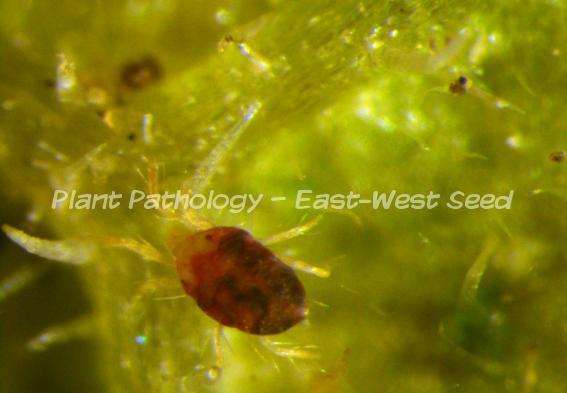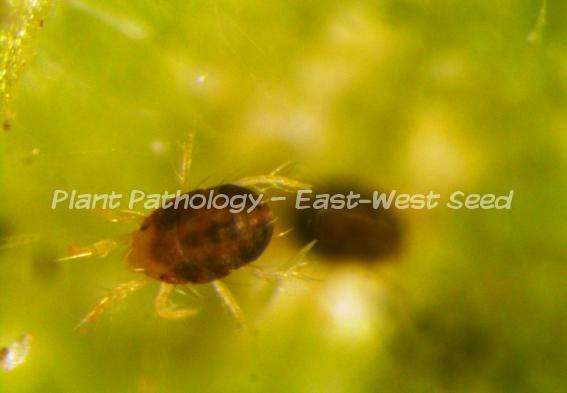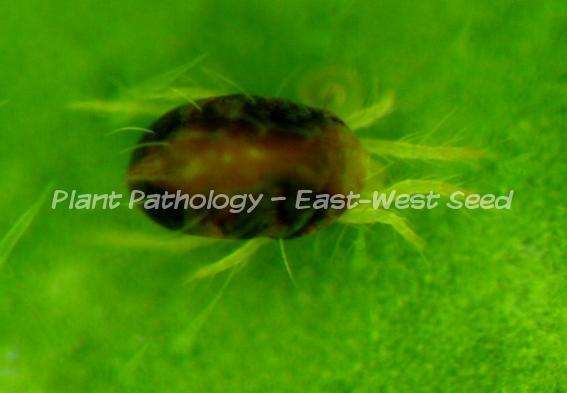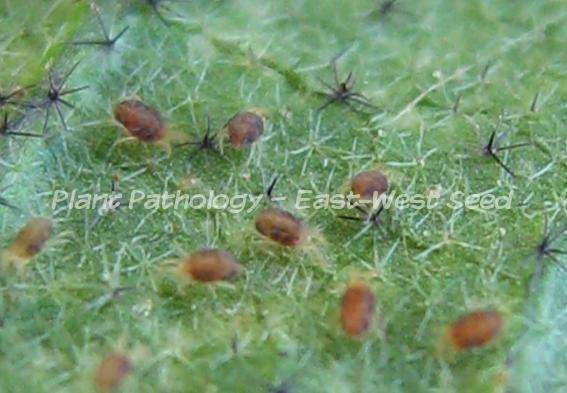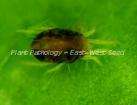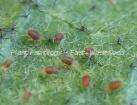| Common Species: | |
 |
Tetranychus cinnabarinus (Boisduval) |
| Conditions for Disease Development: | |
 |
Webspinning mites |
 |
Pacific spider mites |
 |
Two-spotte spider mites |
 |
Strawberry spider mites |
| Damaging Stage: | |
 |
Nymphs and adults.
|
| Crops Afected: | |
 |
Solanaceous, cucurbits, brassicas, legumes, papaya
|
| Characteristics Damage: | |
 |
Initial damage due to feeding appears as light dots on the leaves.
|
 |
Continuous feeding leads to leaf yellowing which later turns to bronze or reddish-brown and drop off. |
 |
Webs are evident on plants infested with high population of red spider mites. |
| Control and Management: | |
 |
Monitor the area regularly.
|
 |
Prune heavily infested leaves and dispose properly. |
 |
Use natural enemies-predators such as sixspotted thrips (Scolothrips sexmaculatus), spider mite destroyer lady beetle (Stethorus picipes), minute pirate bugs, bigeyed bugs, and lacewing larvae. |
 |
Spray botanical insecticides such as neem, hot pepper and kakawate extracts. |
 |
Apply insecticides such as abamectin (e.g. Agrimek®, Romektin®), formethanate HCL (e.g. Dicarsol®), methiocarb (e.g. Mesurol®) and diazinon (e.g. Parapest®) whenever necessary. |
| References: | |



